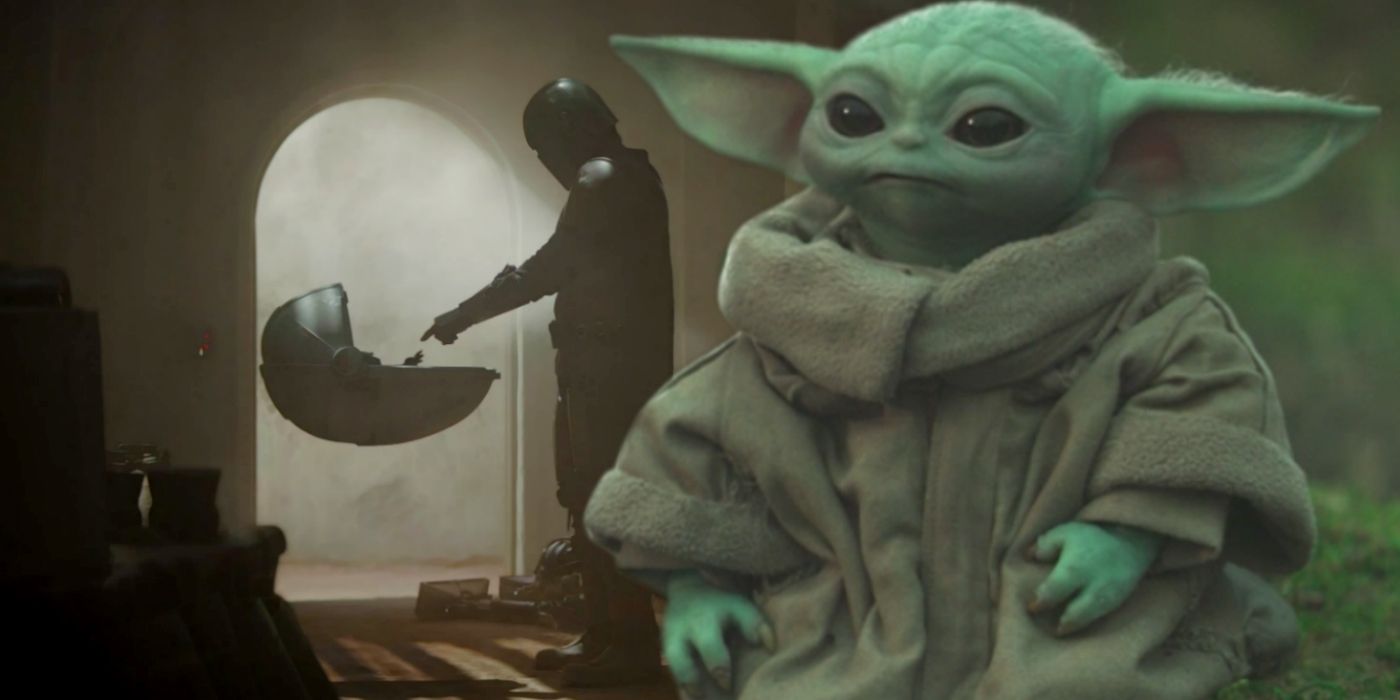
Lucasfilm’s Dave Filoni, who worked alongside George Lucas on Clone Wars and is key to the success of The Mandalorian, has just given a fascinating account of the balance of the Force. When George Lucas returned to Star Wars to launch the prequel trilogy, he introduced the concept of the Chosen One. According to Star Wars: Episode I – The Phantom Menace, Anakin Skywalker was the one destined to bring balance to the Force. But he avoided giving a precise definition for the terms, leading to intense speculation over just what this meant and how the prophecy works.
Now Filoni has stepped in to talk about how he understands balance. Filoni worked alongside Lucas himself, an experience that transformed his life. As Filoni recounted in The Mandalorian documentary, when he met Lucas he assumed there was no way he would get a job with Lucasfilm Animation, and consequently he just enjoyed the chat. That was the beginning of a close working relationship between the two, with Filoni gaining an ever-deeper understanding of the Star Wars lore as he learned from the master.
Screen Rant has a copy of Lucasfilm’s The Art of The Mandalorian, and it features a fascinating discourse from Filoni on the subject of balance. He explores the nature of the light and dark sides of the Force, and the role every person in the galaxy must play in order to sustain balance.
“Ultimately, the Force is an ability that can be used selflessly or selfishly and how one chooses to wield it determines whether you stand on the dark side or light. The dark side of the Force is manifested in our greed, desire for power, and fears. And the light side of the Force is propagated by selfless action, by living in balance, by overcoming our fears. The Force naturally exists in balance; that balance is thrown out when someone chooses to give in to their fears and then spirals out of control making selfish choice after selfish choice. Fear leads to anger, anger leads to hate, hate leads to suffering.
“Our own ambitions can make the Force into something terrible even when our intentions might have been good. We do not always realize we are acting out of fear, or selfishness. Anakin believes he is trying to save his wife, he is afraid to lose her, he chooses to act out of his fears and try to control the situation. That moment of choice, how we act and react is so important. The choice between dark and light is often subtle and not limited to the Jedi and Sith. Everyone struggles with the balance between light and dark. The Mandalorian has a choice: do his job, find the Child and hand him over to the Empire, or take this lost child in and protect it, become it’s guardian. It is a critical choice and one that greatly impacts both their lives.”

It’s a fascinating account, and it offers a unique window into the nature of the Force. Filoni’s comments help to understand why the Force had lost balance by the time of the prequel trilogy; the Old Republic had turned inwards, with even the Jedi frequently acting out of self-interest rather than selflessness. When Palpatine became Supreme Chancellor, he began establishing a regime where people were encouraged to act out of greed, fear, and lust for power. And then he orchestrated the Clone Wars as the ultimate Jedi trap, with the Jedi losing their way simply by taking part in the conflict. It all culminated in Order 66 and the establishment of the Empire, a regime defined by the dark side.
But this also shows how the galaxy was redeemed. The light side fought back against the darkness, with the Rebel Alliance born of hope rather than fear. Luke Skywalker’s presence inspired others to set aside their own self-interest, as seen when Han Solo returned in the Battle of Yavin. And he ultimately inspired Darth Vader to betray Palpatine, not out of selfishness but of love. Filoni’s comments are a perfect account of the balance of the Force as seen in the Star Wars movies.
Originally from https://screenrant.com/star-wars-balance-force-explained-clone-wars-filoni/
